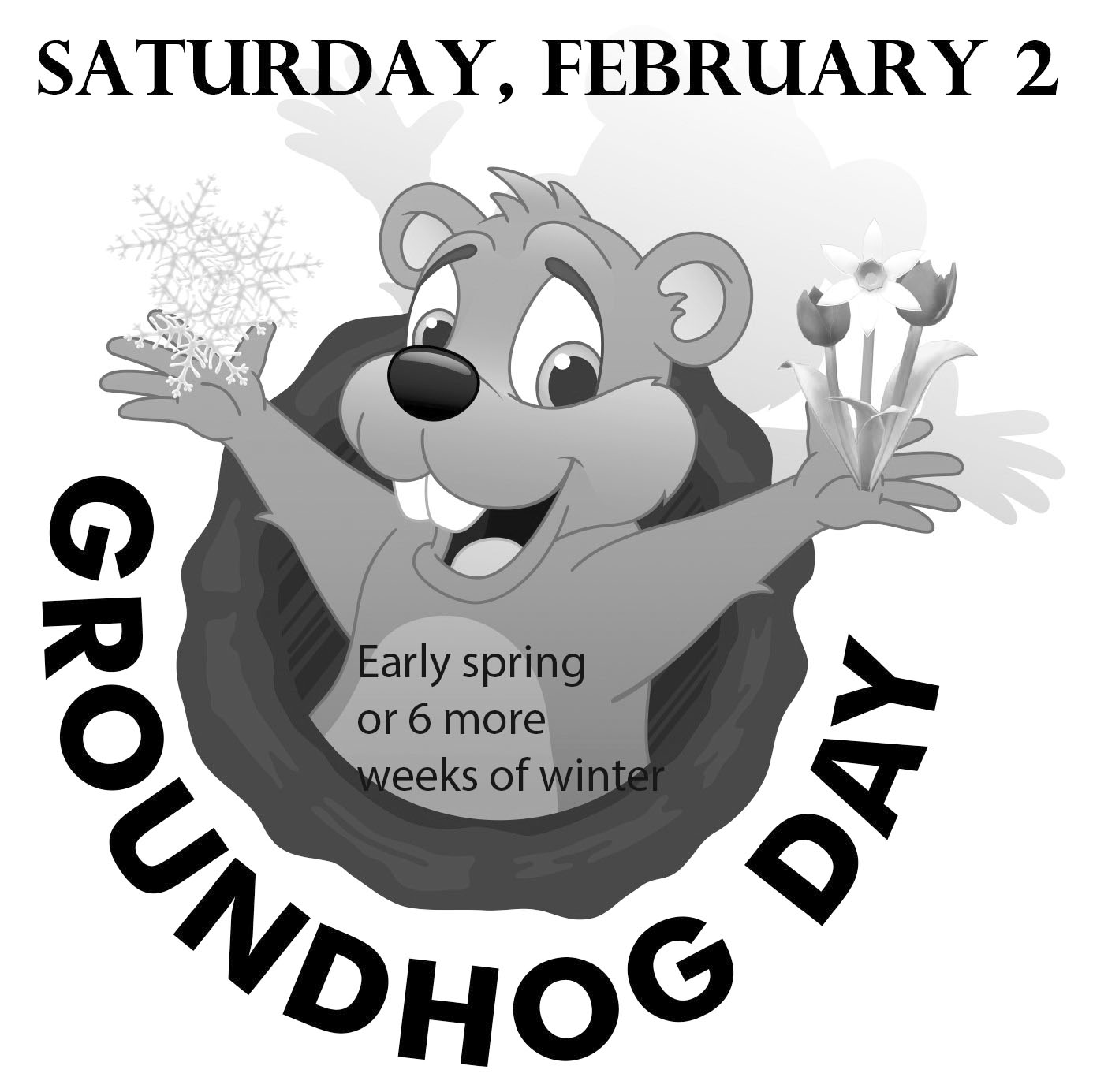
Every February, Americans are anxiously awaiting spring’s arrival. Weather predictions from the famous groundhog, Punxsutawney Phil, have given people hope of an early spring for over 130 years.
History shows that our ancestors anxiously began looking for signs of spring about midway between the beginning of winter (Dec. 21) and the start of spring (Mar. 20).
“Many pre-Christian communities had celebrations based on the solstices; winter being the shortest day of the year, and summer being the longest,” said Monica Stenzel, an SFCC history adjunct professor. “The fall and spring equinoxes have equal amounts of daylight, and Feb. 2 falls roughly between the winter solstice and the spring equinox.
“The ancient Celts celebrated Imbolc (or Oimelc) in early February, and this was a time for feasting and purification for farmers, anticipating the birth of animals.”
Like every tradition it evolves over time, as cultures change many things can be added or removed from it giving it a more modern version of the tradition.
“The Romans celebrated a time of Lustration, also a time of purification at this time of year,” Stenzel said. “Specifically, Lupercalia was a Roman rite of purification, based somewhat on the founding myth of Romulus and Remus.”
As the tradition grew more festivals were added to honor Groundhog day making it one of the best times of the year for many people.
“As the Christian Church grew in power and scope, it often assimilated extant festivals, such as Imbolc becoming the feast day of the Catholic St. Brigid of Kildare, the Purification of the Virgin Mary, sometimes celebrated as Candlemas, and Lupercalia’s links to modern Valentine’s Day,” Stenzel said.
These traditions first began during the Medieval times, according to Stenzel, a time when food was scarce and people likely looked for signs of hope and relief.
“In Medieval times, these beliefs concerning weather, fertility, and community came together with the idea that hibernating animals, such as badgers and bears would wake up to check the weather,” Stenzel said.
If the animal awoke to a sunny but cold day, Stenzel said, Europeans believed that more cold weather was due and they should postpone their plantings.
“If the animals woke to a cloudy, mild day,” Stenzel said, “farmers would progress with their spring plantings.”
Many early settlers were of European descent had brought this tradition with them to the U.S. Hedgehogs and badgers that were traditionally used were not readily available in their new homeland, so the groundhog (also known as the woodchuck) was substituted, according to Stenzel.
“Groundhog day is an American take on some fairly ancient rites practiced by Europeans, largely imported by German immigrants,” Stenzel said. “When German immigrants settled in the Pennsylvania area, during the 1800s, the animal of choice became a groundhog, rather than a badger.
Punxsutawney Phil on every Feb. 2 holds a cramoney in Pennsylvania at gobblers knob where he predicts the incoming weather.
“The ‘official’ groundhog lives in Punxsutawney, a town in the western Jefferson county of Pennsylvania. With records kept since 1887, this badger, always named ‘Phil,’ has a rather poor rate of prediction, holding at about 40 percent accuracy.”
Punxsutawney Phil has been making predictions on Feb. 2 from Punxsutawney, Pennsylvania, since 1886 when the tradition was born here in the U.S. Last year, Punxsutawney Phil saw his shadow, thus predicting six more weeks of frigid winter.
Traditions like Groundhog Day may not be popular with everyone, but still hold importance to some who are trying to hold on to those old family traditions.
“Traditions like Groundhog Day keep you connected to the past,” said Pam Long, administrative assistant to the Director of Business, Professional Studies and Workforce Education Division at SFCC. “It’s important to know those family stories.”
Like Long, most people are hoping for an early spring.
“Once the holidays are over and January arrives, I am ready to be done with winter,” Long said. “I like to be outside and enjoy the weather, but I don’t like to be cold.”
“I typically listen to Punxsutawney Phil’s prediction on the way to work,” Long added, “or I watch it later in the afternoon. It’s a fun tradition.”
Tens of thousands of visitors travel to Gobbler’s Knob for the event each year, according to the official Groundhog Day website.
These days, most people don’t look to the groundhog to predict spring’s arrival, but when it’s been a long, hard winter, perhaps a little levity is in order.

